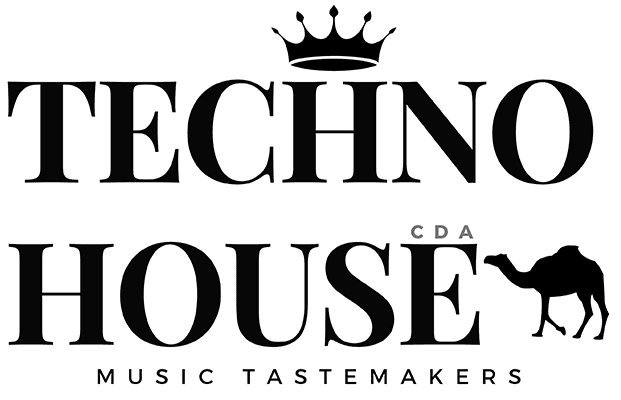

As the electronic music scene continues to thrive, a new study has brought to light the pressing need for stronger harm reduction practices at music festivals. Research conducted at Sonic Bloom—an iconic four-day EDM festival in Colorado—has revealed that many festival-goers face significant barriers when trying to test substances for safety, despite increasing public awareness about the risks of contaminated drugs.
The peer-reviewed study, published in the Harm Reduction Journal, surveyed 227 attendees and found that while tools like reagent test kits (RTKs) and fentanyl test strips (FTS) are recognized as vital for preventing overdoses, their real-world usage is severely limited due to financial, legal, and environmental hurdles.
The State of Drug-Checking at Festivals
Substance use at festivals isn’t new, but the rise in fentanyl-related overdoses has made testing more critical than ever. Harm reduction experts advocate for drug-checking tools to minimize risks, but the Sonic Bloom study reveals a disconnect between awareness and access.
Key Findings from the Study:
- Usage Rates:
75.3% of respondents had used RTKs, while 66.5% had used FTS at least once. However, only around half used them consistently—54.4% and 59.4% respectively reported testing “always” or “most of the time” before consumption. - Limited Access to Tools:
One in four participants reported difficulty obtaining any testing materials. Around 8% found RTKs too expensive, and 7% said the same for FTS. These costs can be prohibitive, especially for younger attendees or those traveling long distances.
“No access to free test strips in my entire county,” said one 28-year-old female participant.
- Environmental & Operational Obstacles:
Testing powdered substances outdoors proved problematic, particularly due to wind and lack of lighting. More than 11% of participants said festival policies themselves made testing harder—many events prohibit testing equipment at entrances or ban sales on-site.
“Some festivals do not allow testing kit sales or the entrance of them—this should be allowed to curate a better experience,” one respondent noted.
- Legal Grey Areas:
Confusion about the legality of RTKs and FTS deterred some from carrying or using them. In some U.S. states, these items may be classified as drug paraphernalia, carrying serious legal consequences.
“In some states, it’s a felony to carry test kits,” a 31-year-old participant reported.
What This Means for Harm Reduction
The findings are a wake-up call for festival organizers, public health officials, and local governments. While drug-checking can be a life-saving measure, systemic barriers prevent it from being used effectively. The researchers call for urgent reforms to improve access and understanding.
Organizations like DanceSafe in the U.S. and The Loop in the UK have pioneered on-site drug-checking and education, advocating for more compassionate, data-driven approaches to drug use in nightlife and festival settings.
A Path Toward Safer Festivals
To create a safer environment for attendees, experts and advocates suggest:
- Free or Subsidized Testing Tools:
Partner with health organizations or local authorities to distribute RTKs and FTS at no cost. - Clear Legal Frameworks:
Decriminalize the possession of testing tools and clarify their legal status nationwide to encourage responsible use. - On-Site Testing Stations:
Festivals should implement dedicated, sterile spaces for substance testing, operated by trained professionals. - Expanded Education Campaigns:
Incorporate harm reduction information into ticketing, apps, and on-site signage to empower attendees to make informed decisions.
Conclusion
The Sonic Bloom study underscores a critical gap in the safety infrastructure of the global music festival industry. In a landscape where drug use is often a reality, embracing harm reduction isn’t about promoting use—it’s about preserving life.
As the summer festival season ramps up, organizers, policymakers, and health advocates have a responsibility to listen to the data and respond with empathy, pragmatism, and urgency. The party doesn’t have to stop—but the risks can be reduced.

